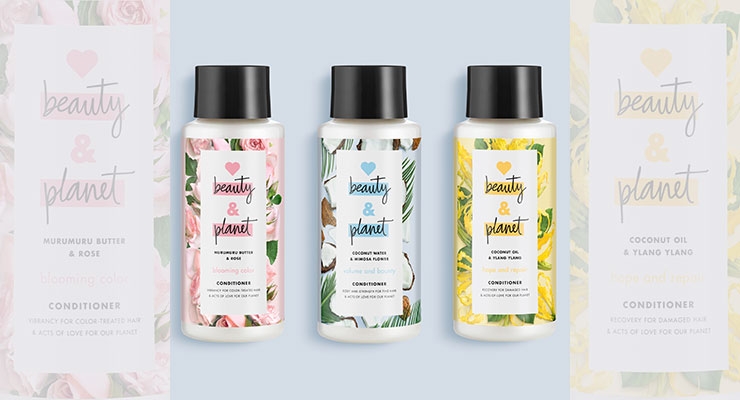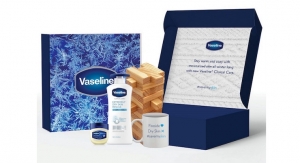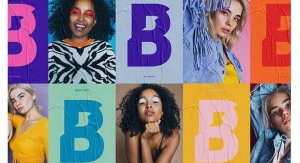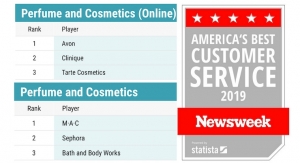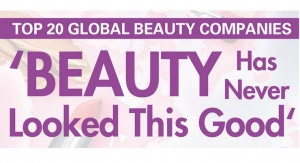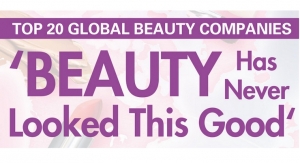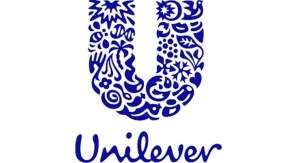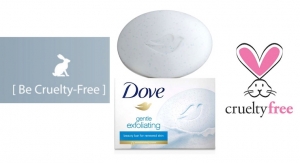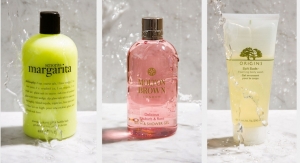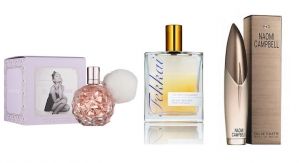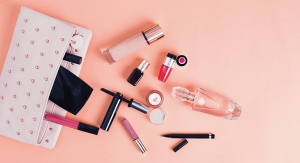John-Paul Doyle, senior creative director, Anthem Worldwide NY12.24.18
As with any CPG category, personal care and beauty brands spend large amounts of time and resources cracking the codes of their categories and sub-categories with the end goal of delivering concise messaging through packaging that stands out from the competition.
In order to build brand equity and to differentiate, health and beauty brands are connecting insights about consumers’ expectations within the category with solving an issue through social missions.
Participating in Something Bigger
While consumers continue to seek out authentic and transparent brands, there is also a push for brands to respond to global causes. For example, Lani is a natural, vegan & cruelty-free skin and hair care brand that regularly donates a percentage of profits to animal charities such as Sea Shepherd and Rescued Farm Animal Sanctuaries.
Similarly, Love Beauty and Planet is a personal care line from Unilever that boosts sustainability and puts the focus on natural ingredients.
Thus, we see the trend for cause-related marketing applied across the gamut from small start-ups to large corporate-owned brands. However, while supporting a great cause is a purchase driver for some – particularly Millennials – premium product benefits reign supreme for consumers.
Here are two distinctions of beauty consumers:
Badge products. Particularity in the luxury sector, consumers look for beautiful or unique packaging to showcase throughout their home. Badge products typically fit in with decor — you can see these products prominently displayed in guest bathrooms — and fall within a certain hierarchy that he/she is looking for in that product.
Four main things to consider for badge products: fragrance, feel, price, and decor.
Performance products. These are trustworthy products that deliver results, but are typically tucked away in the shower. They may not provide the design aesthetic suitable for open display. For these brands, consider how the packaging delivers on the sensory experience of the product within.
While social missions are typically the cherry on top of the customer experience sundae, these programs can be powerful loyalty-drivers and can drive interest from retailers and indeed from the media, offering another layer of storytelling and value-sharing in a vivid way.
How can other brands follow suit?
Mine for insights with an open mind and find the sweet spot between the product’s look and function on shelf and/or in the home and the brand’s intrinsic mission and personality.
Consider the following questions when creating a brand backed by a social mission:
What codes and cues in terms of graphics are the consumers responding to?
Which textural and sensorial elements should be considered?
How should I connect the benefits of the product with the benefits of the brand mission?
Do we plan to deliver a badge product or performance products?
How does that affect where we are selling? Online? In-store?
Are there risks to incorporating social mission into a business model in this very competitive space? There may be, so whether you have a brand mission, or you are working with a brand that has a social mission, you absolutely have to communicate the product’s unique and desirable benefits and features first.
When insights, social mission, and powerful design meld together beauty and personal care brands can expect to experience business success, and allow that success to further their mission, thus completing the virtuous circle.
To learn more about how packaging can effectively convey a brand’s social mission, watch: Doing Good Demands Good Design: Soap = Hope

